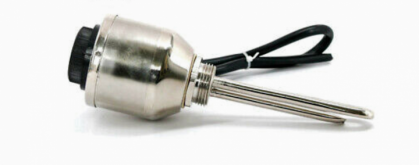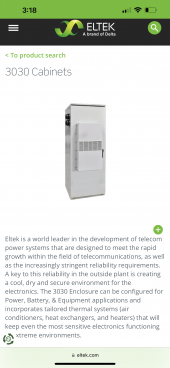Hedges
I See Electromagnetic Fields!
- Joined
- Mar 28, 2020
- Messages
- 21,788
If the only bond between battery negative and ground (which could include metal conduit or ground wires from chassis of charge controller to inverter), no way that would be substantial enough.
I have 2/0 cables from 48V 400 Ah battery positive and negative to Sunny Island inverter battery terminals.
In the event insulation on positive cable abraded through and made electrical contact to chassis of Sunny Island, current would flow from battery, through fuse, through positive cable, to inverter chassis, through (relatively small gauge) ground wire to charge controller, to (relatively small gauge) battery negative cable, back to battery.
The ground wire from charge controller to rest of ground wires is not large enough to clear the main battery fuse, and may overheat.
I think this would require a substantial ground wire from battery negative to Sunny Island chassis.
The charge controller may have GFCI, but does it actually bond PV negative to ground inside the charge controller?
And if you have several charge controllers, are PV negative bonded to ground in several places?
I have 2/0 cables from 48V 400 Ah battery positive and negative to Sunny Island inverter battery terminals.
In the event insulation on positive cable abraded through and made electrical contact to chassis of Sunny Island, current would flow from battery, through fuse, through positive cable, to inverter chassis, through (relatively small gauge) ground wire to charge controller, to (relatively small gauge) battery negative cable, back to battery.
The ground wire from charge controller to rest of ground wires is not large enough to clear the main battery fuse, and may overheat.
I think this would require a substantial ground wire from battery negative to Sunny Island chassis.
The charge controller may have GFCI, but does it actually bond PV negative to ground inside the charge controller?
And if you have several charge controllers, are PV negative bonded to ground in several places?




